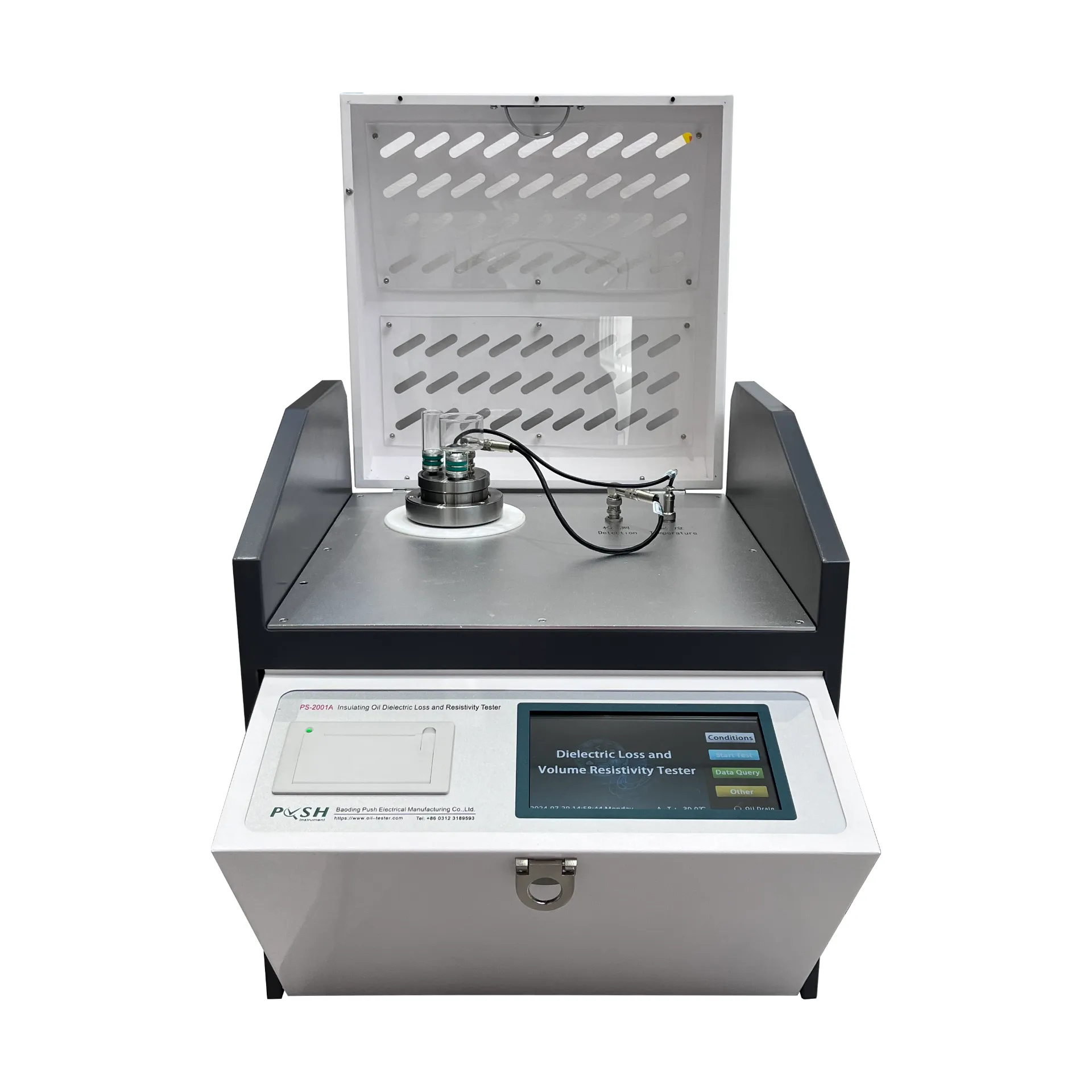TEL:
+86-0312-3189593
 English
English

Telephone:0312-3189593

Email:sales@oil-tester.com

-
 Afrikaans
Afrikaans -
 Albanian
Albanian -
 Amharic
Amharic -
 Arabic
Arabic -
 Armenian
Armenian -
 Azerbaijani
Azerbaijani -
 Basque
Basque -
 Belarusian
Belarusian -
 Bengali
Bengali -
 Bosnian
Bosnian -
 Bulgarian
Bulgarian -
 Catalan
Catalan -
 Cebuano
Cebuano -
 China
China -
 China (Taiwan)
China (Taiwan) -
 Corsican
Corsican -
 Croatian
Croatian -
 Czech
Czech -
 Danish
Danish -
 Dutch
Dutch -
 English
English -
 Esperanto
Esperanto -
 Estonian
Estonian -
 Finnish
Finnish -
 French
French -
 Frisian
Frisian -
 Galician
Galician -
 Georgian
Georgian -
 German
German -
 Greek
Greek -
 Gujarati
Gujarati -
 Haitian Creole
Haitian Creole -
 hausa
hausa -
 hawaiian
hawaiian -
 Hebrew
Hebrew -
 Hindi
Hindi -
 Miao
Miao -
 Hungarian
Hungarian -
 Icelandic
Icelandic -
 igbo
igbo -
 Indonesian
Indonesian -
 irish
irish -
 Italian
Italian -
 Japanese
Japanese -
 Javanese
Javanese -
 Kannada
Kannada -
 kazakh
kazakh -
 Khmer
Khmer -
 Rwandese
Rwandese -
 Korean
Korean -
 Kurdish
Kurdish -
 Kyrgyz
Kyrgyz -
 Lao
Lao -
 Latin
Latin -
 Latvian
Latvian -
 Lithuanian
Lithuanian -
 Luxembourgish
Luxembourgish -
 Macedonian
Macedonian -
 Malgashi
Malgashi -
 Malay
Malay -
 Malayalam
Malayalam -
 Maltese
Maltese -
 Maori
Maori -
 Marathi
Marathi -
 Mongolian
Mongolian -
 Myanmar
Myanmar -
 Nepali
Nepali -
 Norwegian
Norwegian -
 Norwegian
Norwegian -
 Occitan
Occitan -
 Pashto
Pashto -
 Persian
Persian -
 Polish
Polish -
 Portuguese
Portuguese -
 Punjabi
Punjabi -
 Romanian
Romanian -
 Russian
Russian -
 Samoan
Samoan -
 Scottish Gaelic
Scottish Gaelic -
 Serbian
Serbian -
 Sesotho
Sesotho -
 Shona
Shona -
 Sindhi
Sindhi -
 Sinhala
Sinhala -
 Slovak
Slovak -
 Slovenian
Slovenian -
 Somali
Somali -
 Spanish
Spanish -
 Sundanese
Sundanese -
 Swahili
Swahili -
 Swedish
Swedish -
 Tagalog
Tagalog -
 Tajik
Tajik -
 Tamil
Tamil -
 Tatar
Tatar -
 Telugu
Telugu -
 Thai
Thai -
 Turkish
Turkish -
 Turkmen
Turkmen -
 Ukrainian
Ukrainian -
 Urdu
Urdu -
 Uighur
Uighur -
 Uzbek
Uzbek -
 Vietnamese
Vietnamese -
 Welsh
Welsh -
 Bantu
Bantu -
 Yiddish
Yiddish -
 Yoruba
Yoruba -
 Zulu
Zulu
Feb . 13, 2025 22:17
Back to list
testing of three phase transformer
Ensuring optimal performance and safety in electrical systems requires precise and effective testing of three-phase transformers. Three-phase transformers, crucial in high power transmission, undergo rigorous testing processes to validate their functionality, efficiency, and durability. This discourse offers specialized insights into the methodologies, technical protocols, and safety considerations during the transformer testing process.
5. Leakage Impedance and Load Losses Assessment Quantifying load losses and impedance under operational conditions reflects a transformer's efficiency during real-world applications. Conducting short-circuit tests reveals how the transformer performs under fault conditions, which is vital for predicting operational behavior. 6. Polarity and Phase-Relation Tests These tests confirm the correct connections of the transformer windings, crucial for synchronization with existing electrical systems. Anomalies in polarity or phase-relations can result in operational failures, underscoring the importance of these tests. 7. Temperature Rise Tests Evaluating how transformers manage heat during normal operation is vital for long-term performance insights. Temperature rise tests, typically conducted under controlled loads, simulate actual operating conditions to determine cooling efficiency and thermal stability. Upon completing these tests, performance data is meticulously analyzed. This analysis, conducted by certified experts, ensures the findings align with international standards such as IEC or ANSI/IEEE. These evaluations not only bolster operational trustworthiness but also certify the transformer's readiness for real-world applications. Importantly, during each testing stage, adherence to safety protocols is critical. Electrical testing environments demand strict observance of safety standards to prevent accidents. Personnel must be properly trained, and testing equipment must regularly be calibrated and maintained to ensure both efficacy and safety. The authoritative nature of this testing process cannot be understated. Transformers, being crucial in energy distribution, demand unfaltering precision and expertise throughout their assessment. Thus, systematic and detailed testing offers both preventative insight into potential issues and affirmation of a transformer's suitability for use, underpinning the stability of electrical systems worldwide.


5. Leakage Impedance and Load Losses Assessment Quantifying load losses and impedance under operational conditions reflects a transformer's efficiency during real-world applications. Conducting short-circuit tests reveals how the transformer performs under fault conditions, which is vital for predicting operational behavior. 6. Polarity and Phase-Relation Tests These tests confirm the correct connections of the transformer windings, crucial for synchronization with existing electrical systems. Anomalies in polarity or phase-relations can result in operational failures, underscoring the importance of these tests. 7. Temperature Rise Tests Evaluating how transformers manage heat during normal operation is vital for long-term performance insights. Temperature rise tests, typically conducted under controlled loads, simulate actual operating conditions to determine cooling efficiency and thermal stability. Upon completing these tests, performance data is meticulously analyzed. This analysis, conducted by certified experts, ensures the findings align with international standards such as IEC or ANSI/IEEE. These evaluations not only bolster operational trustworthiness but also certify the transformer's readiness for real-world applications. Importantly, during each testing stage, adherence to safety protocols is critical. Electrical testing environments demand strict observance of safety standards to prevent accidents. Personnel must be properly trained, and testing equipment must regularly be calibrated and maintained to ensure both efficacy and safety. The authoritative nature of this testing process cannot be understated. Transformers, being crucial in energy distribution, demand unfaltering precision and expertise throughout their assessment. Thus, systematic and detailed testing offers both preventative insight into potential issues and affirmation of a transformer's suitability for use, underpinning the stability of electrical systems worldwide.
Latest news
-
Testing Equipment Industry Sees Major Advancements in 2025: Smart & Precision Technologies Lead the WayNewsJun.06,2025
-
Applications of Direct Current Generators in Renewable Energy SystemsNewsJun.05,2025
-
Hipot Tester Calibration and Accuracy GuidelinesNewsJun.05,2025
-
Digital Circuit Breaker Analyzer Features and BenefitsNewsJun.05,2025
-
Benefits of Real-Time Power Quality Monitoring Devices for Industrial EfficiencyNewsJun.05,2025
-
Earth Fault Loop Testing in High-Rise Building Electrical SystemsNewsJun.05,2025



